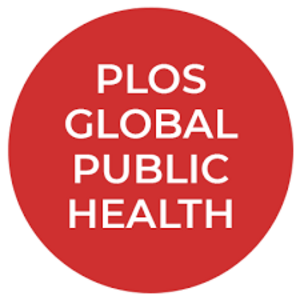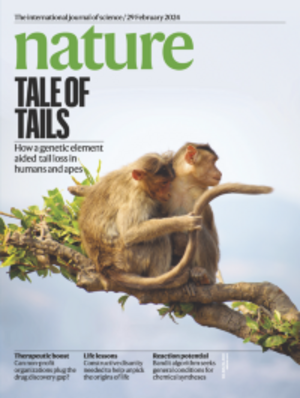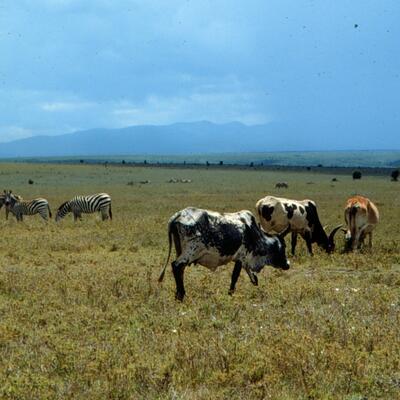
Taking context seriously: In the developing world, containing COVID-19 came at a cost only now being understood
ILRI scientists recently published a paper in the journal Agricultural Systems. Reproduced here is the press release published in EurekAlert.
In a recent survey of farmers in seven countries of the developing world, up to 80 per cent of respondents reported eating less and up to 50 per cent suffered income loss due to the stringent national containment measures enacted by their governments in response to the COVID-19 pandemic. The new study raises important questions about balancing disease containment measures against the wellbeing of already vulnerable people – in this case, rural smallholders whose livelihoods rely on mobility and well-functioning markets for the profitable sale of their agricultural produce.
The survey report, titled Perceived Effects of COVID-19 Restrictions on Smallholder Farmers: Evidence from seven lower-and middle-income countries, by James Hammond of the International Livestock Research Institute, and scientists from One Acre Fund, Alliance Biodiversity CIAT, Thai Nguyen University of Agriculture and Forestry, and Cornell University, surveyed 9,201 interviews with smallholder farmers across sites in seven countries—Burundi, Kenya, Rwanda, Tanzania, Uganda, Zambia, and Vietnam—about their experiences associated with their government’s pandemic response measures.
People in the developing world faced very different constraints dealing with COVID-19 than better-off people in the rich world. For example, while they faced similar restrictions of movement and could not take part in their normal work, they received absolutely no financial support and often had very little savings to fall back on.
Results showed that the leading causes of disruptions in food purchases were high market prices, a lack of cash to buy food, and disruptions in market access and transportation. For rural smallholders involved with the survey during the strictest containment phases, the socio-economic impacts were the greatest, with 80 per cent of households reporting reduced food purchases. In Burundi and Tanzania, where mobility restrictions were minimal, food purchases were affected for only about 30 per cent of households.

Infographic Credit: Comparison of impacts in two communities in Vietnam (ILRI)
Smallholder farmers, who make up the majority of food producers in many low- and middle-income countries, are also the most vulnerable to food insecurity. The World Bank estimated that by the end of 2020, 88 to 115 million more people would suffer extreme poverty because of the pandemic. And as the pandemic continues to disrupt economies and livelihoods, experts are concerned that any development across low and middle-income countries may slide backwards, leaving the world’s most vulnerable in an even more precarious position. The question for policymakers responding to the pandemic is about balancing disease containment with the food security needs of rural populations.

Infographic Credit: Comparison of impacts in two communities in Uganda (ILRI)
The main takeaway from the report is that when global catastrophes like the COVID-19 pandemic arise, policy considerations must incorporate the local environment and economy. Policy responses that are optimum for one region may pose severe consequences in another. Short-term price guarantee schemes, direct aid, and tiered mobility restrictions are just a few of the recommended possibilities. Beyond that, measures must be taken to buffer the socio-economic impact of responding to these crises for rural smallholders in LMICs.
Further Reading:
The impacts of COVID-19 on farmers in Uganda during 2020: Central, Eastern, and Western Regions
COVID-19 and smallholder farmers: Impacts during the first wave in northwest Vietnam, Mai son
Survey of 9000 smallholders finds COVID-19 pandemic is causing hunger


















